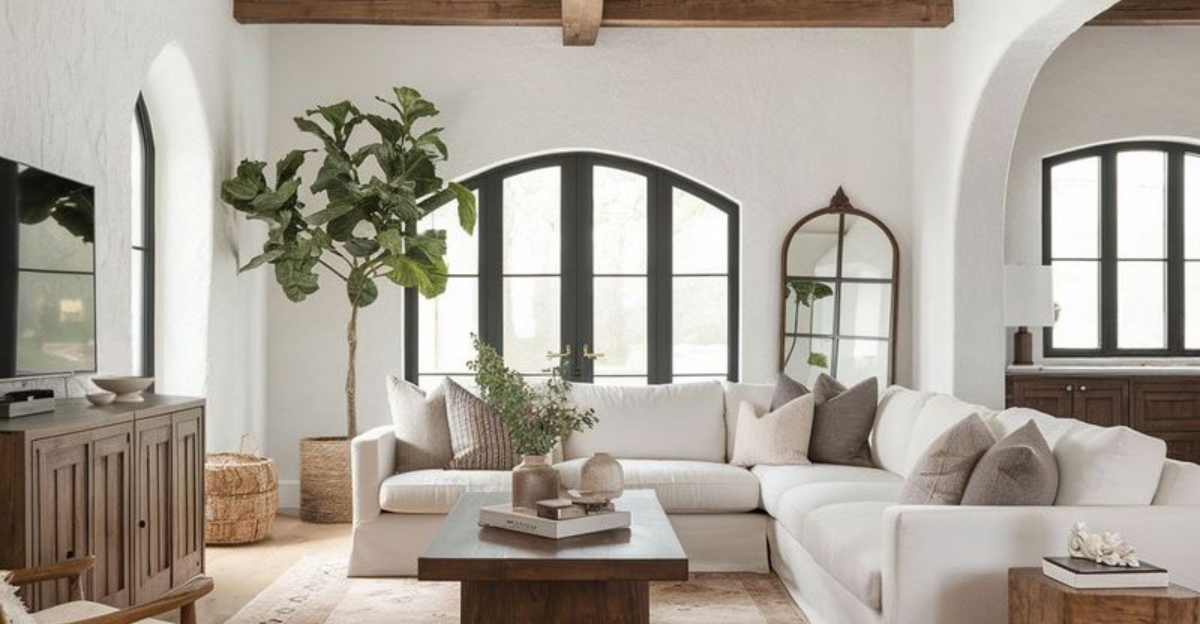Spanish Revival style whispers tales of sunbaked villas and Mediterranean romance through its distinctive architectural elements and rich textures.
Born in the 1920s, this design movement blends Moorish patterns, rustic warmth, and dramatic contrasts that transport you to a hacienda courtyard at golden hour. Ready to infuse your home with that passionate Spanish soul?
Here’s how to capture the essence without booking a flight to Seville.
1. Arched Doorways Frame Every Story
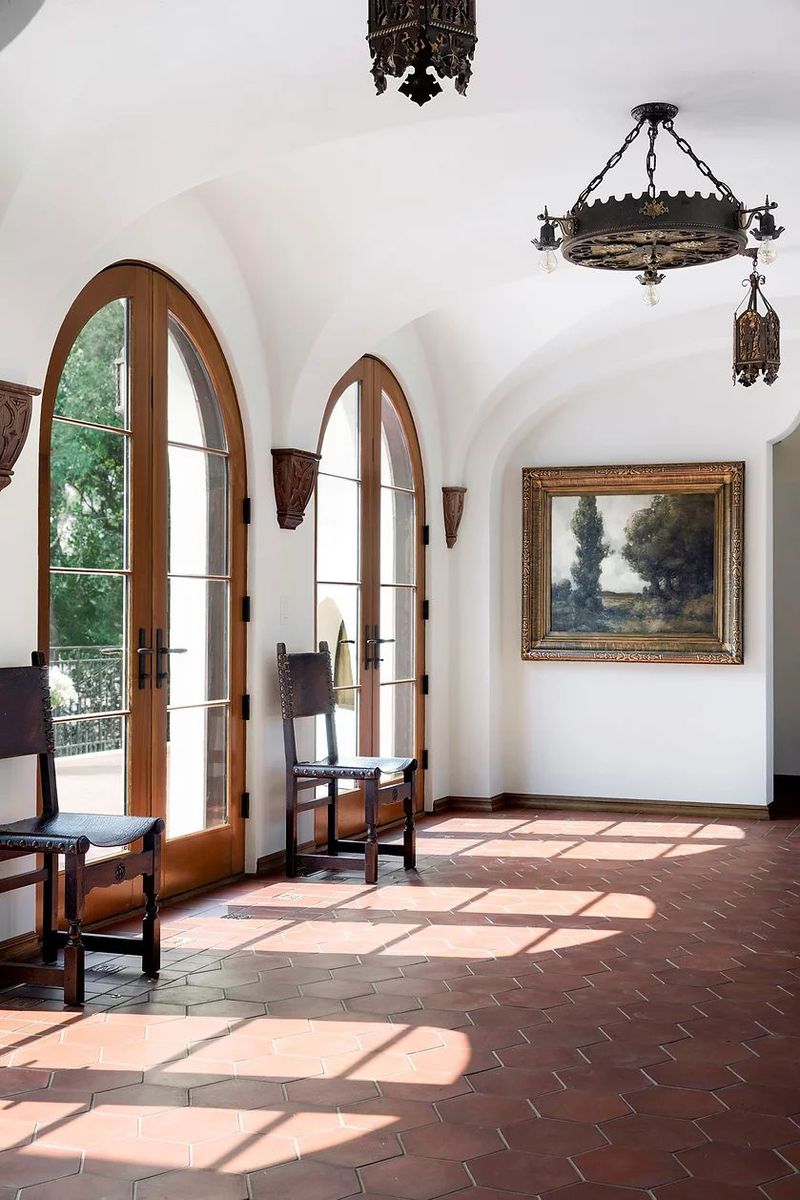
Nothing captures Spanish Revival’s essence quite like curved archways framing your home’s transitional spaces. Round-topped doorways instantly transform boxy rooms into flowing, interconnected sanctuaries.
Skip the construction crew—decorative arches can be added using molding or even painted directly onto walls for rental-friendly drama. The gentle curves soften light as it travels through your home, creating those dreamy shadows that define Spanish interiors.
2. Terracotta Floors That Breathe History
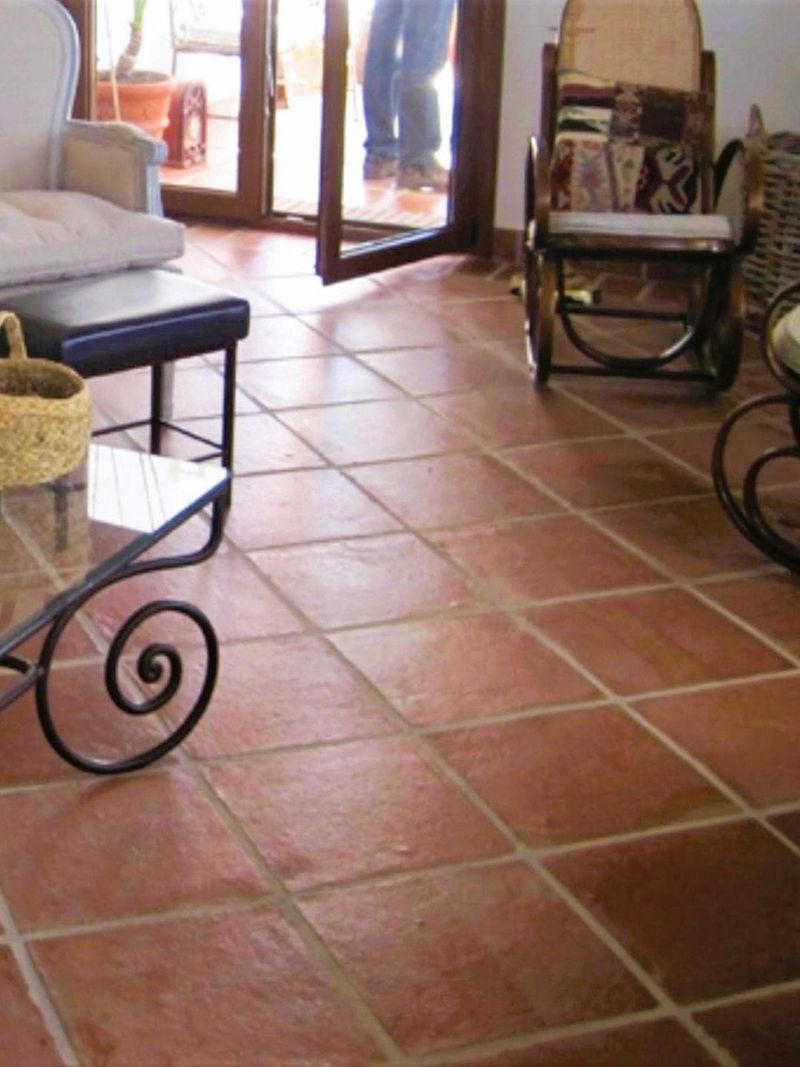
Warm underfoot and impossibly timeless, terracotta tiles ground Spanish Revival spaces with earthy authenticity. Their handmade variations in color—from burnt orange to dusty rose—tell stories no factory-perfect floor ever could.
Modern options include porcelain lookalikes that offer the aesthetic without the maintenance. Layer with a faded vintage rug for contrast, allowing corners of that glorious terracotta to peek through like glimpses of Spanish soil beneath.
3. Wrought Iron Romance
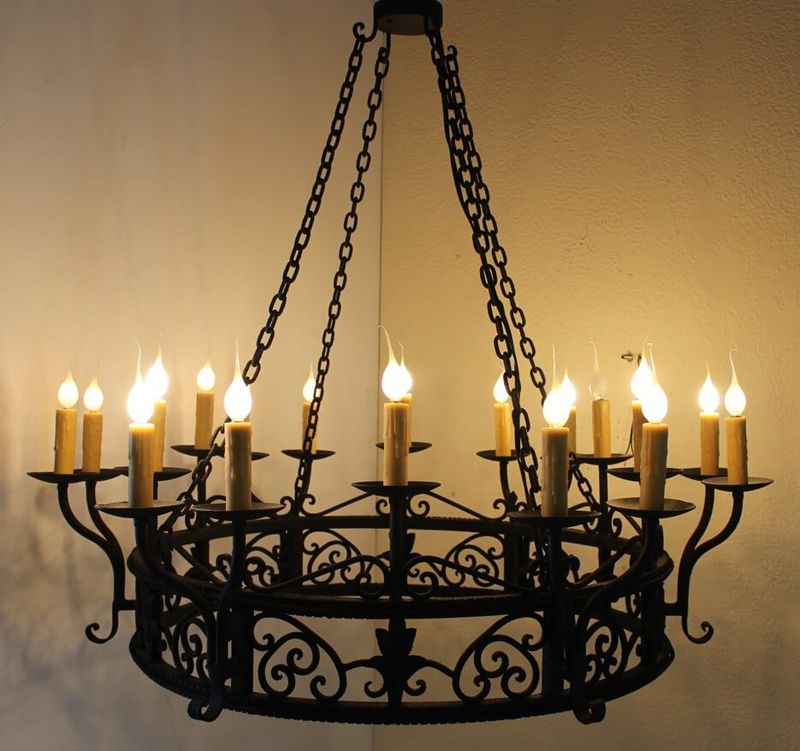
Let wrought iron dance across your space in unexpected ways—stair railings that curl like vines, candelabras that cast mysterious shadows, or a statement headboard that frames dreams of Andalusian nights.
The secret? Balance its darkness with light surroundings. A single dramatic iron pendant light against white plaster creates that high-contrast magic Spanish Revival spaces crave. Look for scrollwork patterns that feel hand-forged rather than mass-produced.
4. Azulejo Magic in Unexpected Places
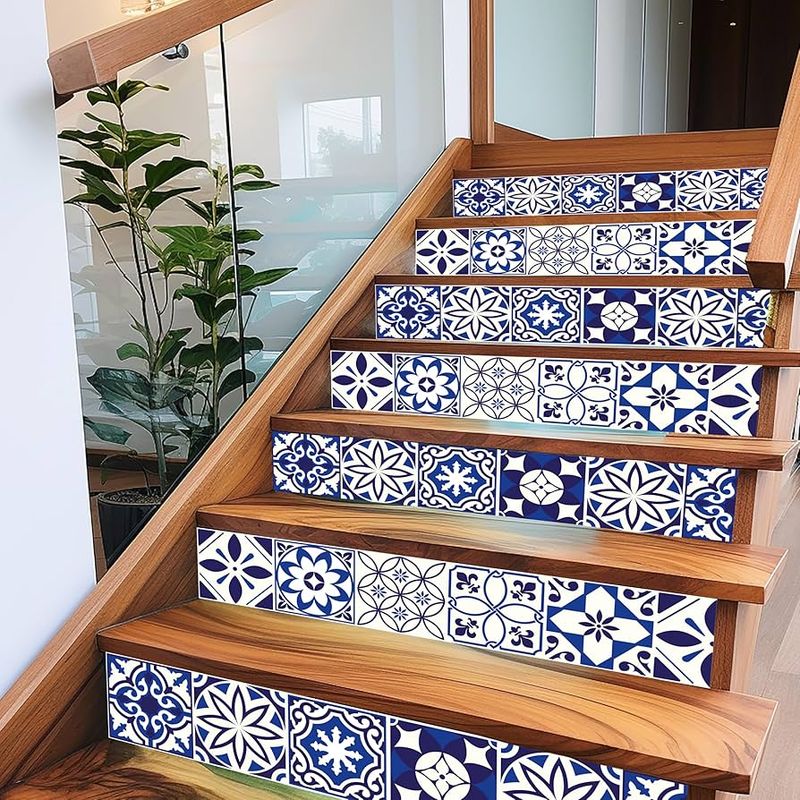
Hand-painted ceramic tiles—azulejos—are the jewelry of Spanish Revival homes. Beyond bathroom backsplashes, scatter their blue-and-white poetry as framed art, tabletop trivets, or stair risers that surprise with each step.
Vintage tiles sourced from architectural salvage shops carry authentic patina. For modern spaces, concentrate tile moments in small, impactful areas—a kitchen niche or fireplace surround—where their intricate patterns become focal points without overwhelming.
5. Exposed Wooden Beams That Tell Time
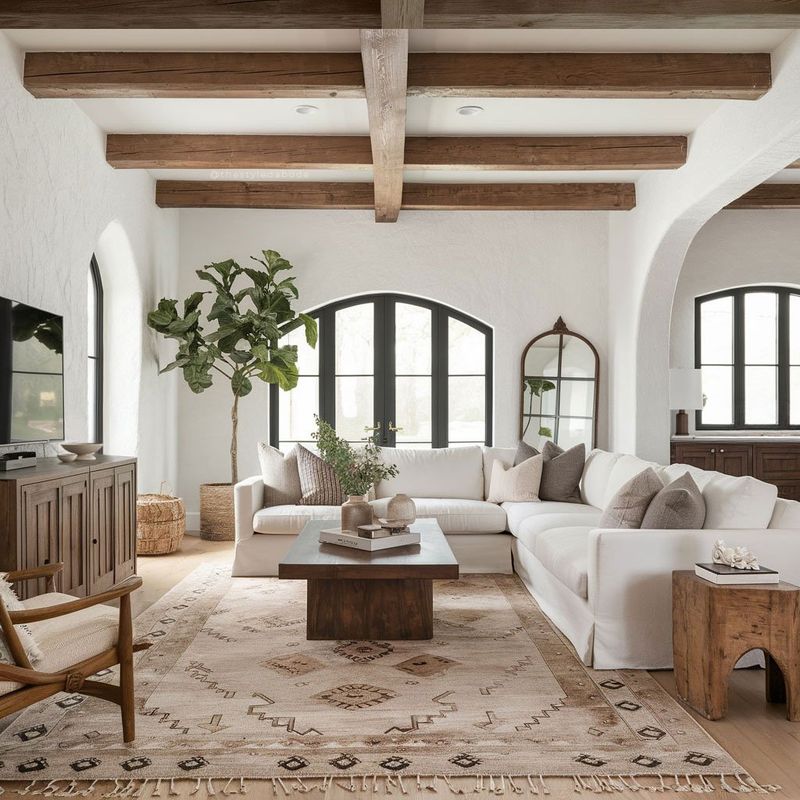
Overhead, rough-hewn wooden beams reveal the skeleton of Spanish architecture while adding rustic warmth from above. Original beams wear centuries of darkening with pride; new installations benefit from distressing techniques that whisper of forgotten haciendas.
Paint surrounding ceilings bright white to highlight the wood’s texture and grain. For low ceilings, try faux beams installed perpendicular to the longest wall—they’ll draw the eye across rather than emphasizing height limitations.
6. Textured Plaster Walls With Imperfect Perfection
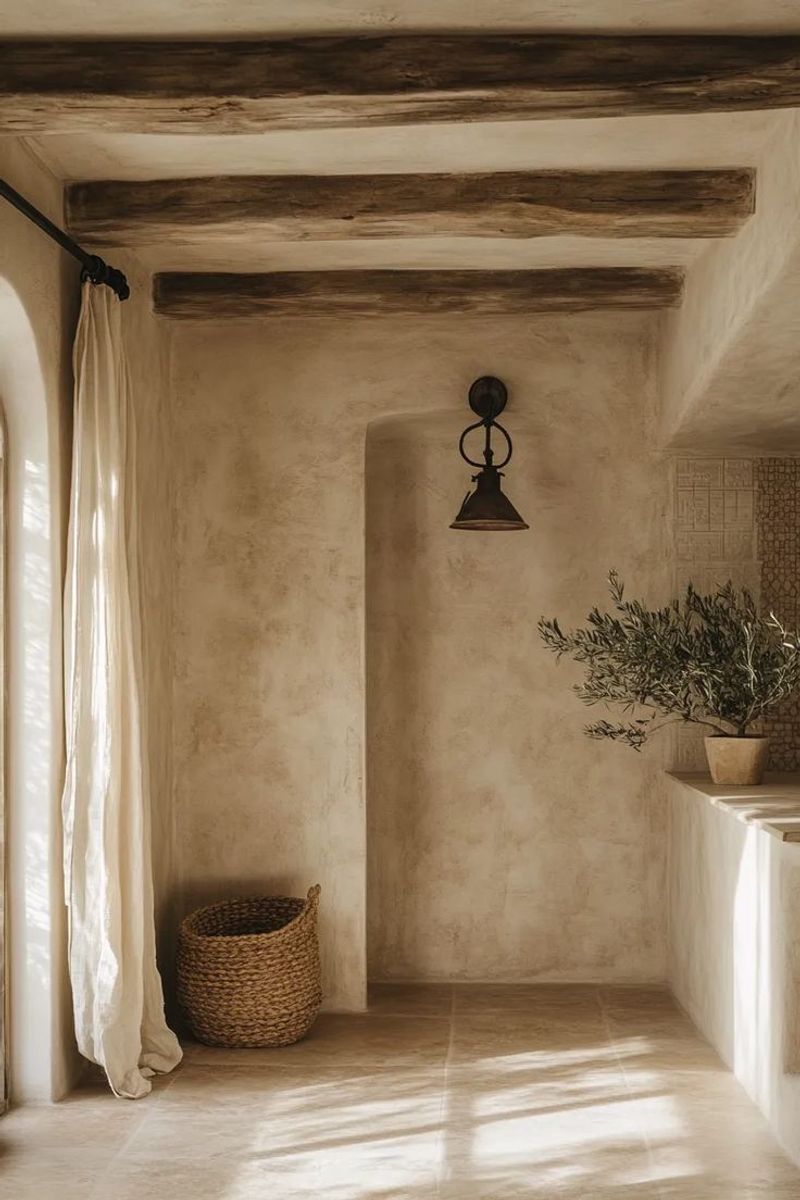
Forget flat paint. Spanish Revival craves walls with dimension—hand-troweled plaster that catches light differently throughout the day, creating subtle shadows that breathe life into rooms.
Modern lime wash paints offer similar texture without major renovation. Keep the palette warm but neutral: creamy whites, soft beiges, pale terracottas. The magic is in the application—slightly uneven, with visible trowel marks that feel artisanal rather than accidental.
7. Moorish Lanterns Casting Mysterious Shadows
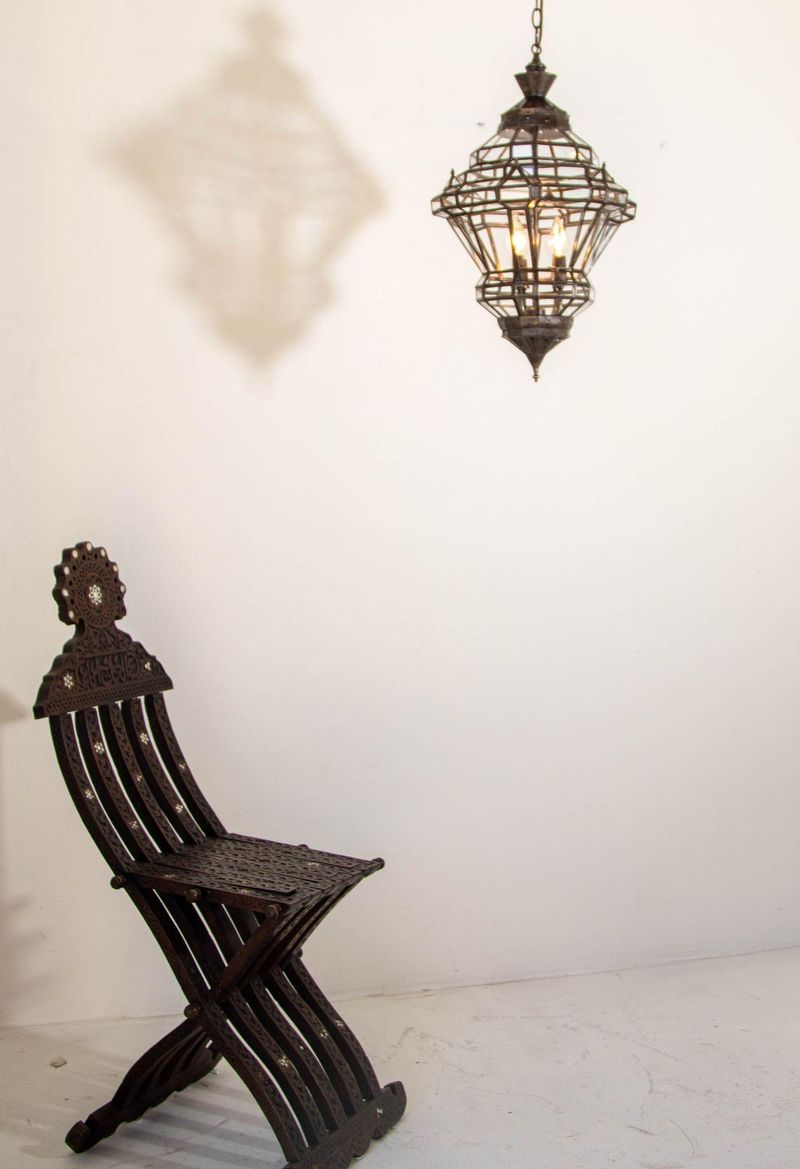
Moroccan-inspired metal lanterns transform ordinary corners into exotic retreats when their perforated patterns project lace-like shadows across walls and ceilings. Hang them low over dining tables or cluster at different heights in a corner.
Battery-operated candles inside create flickering magic without smoke concerns. The metal should feel substantial—brass or bronze finishes that develop patina over time rather than shiny chrome that breaks the spell.
8. Indoor Fountains That Whisper Secrets
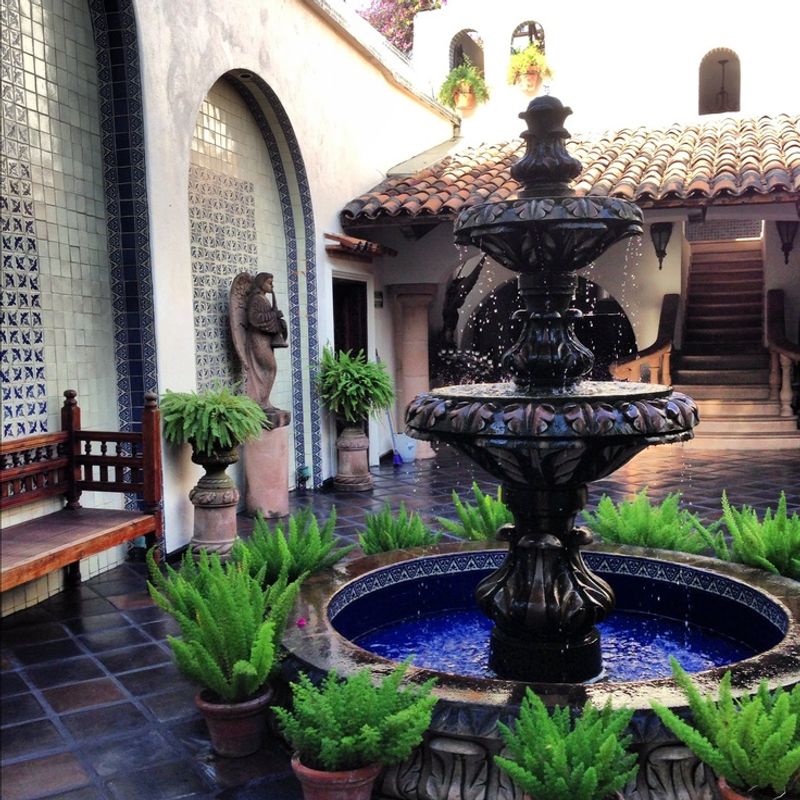
Water’s gentle music completes the sensory experience of authentic Spanish Revival spaces. A wall-mounted fountain in a courtyard-inspired entry or peaceful corner brings cooling tranquility to sun-warmed interiors.
Look for ceramic or stone basins with simple profiles. The sound matters more than size—even small fountains deliver that courtyard ambiance. Position near windows where sunlight can dance across rippling water, multiplying the Mediterranean magic.
9. Dramatic Velvet Against Rustic Textures
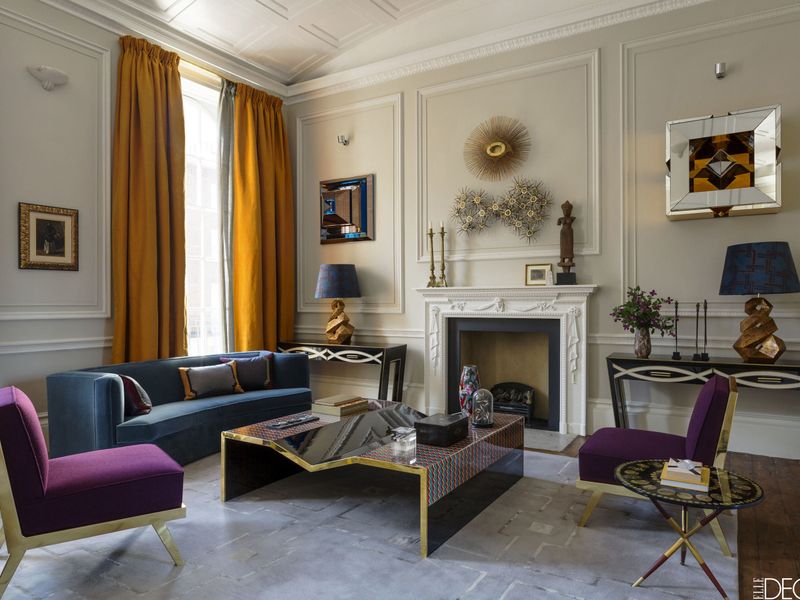
Spanish Revival thrives on contrasts—especially sumptuous fabrics against earthy backgrounds. Jewel-toned velvet in sapphire, ruby, or emerald transforms simple furniture into royal thrones when set against whitewashed walls and rough wood.
Scatter velvet pillows across leather sofas or linen bedding. A single velvet armchair in burnt orange or peacock blue becomes an instant focal point. The juxtaposition of plush against plaster creates that signature Spanish tension between luxury and rustic simplicity.
10. Olive Trees Bringing Outdoor Soul Inside
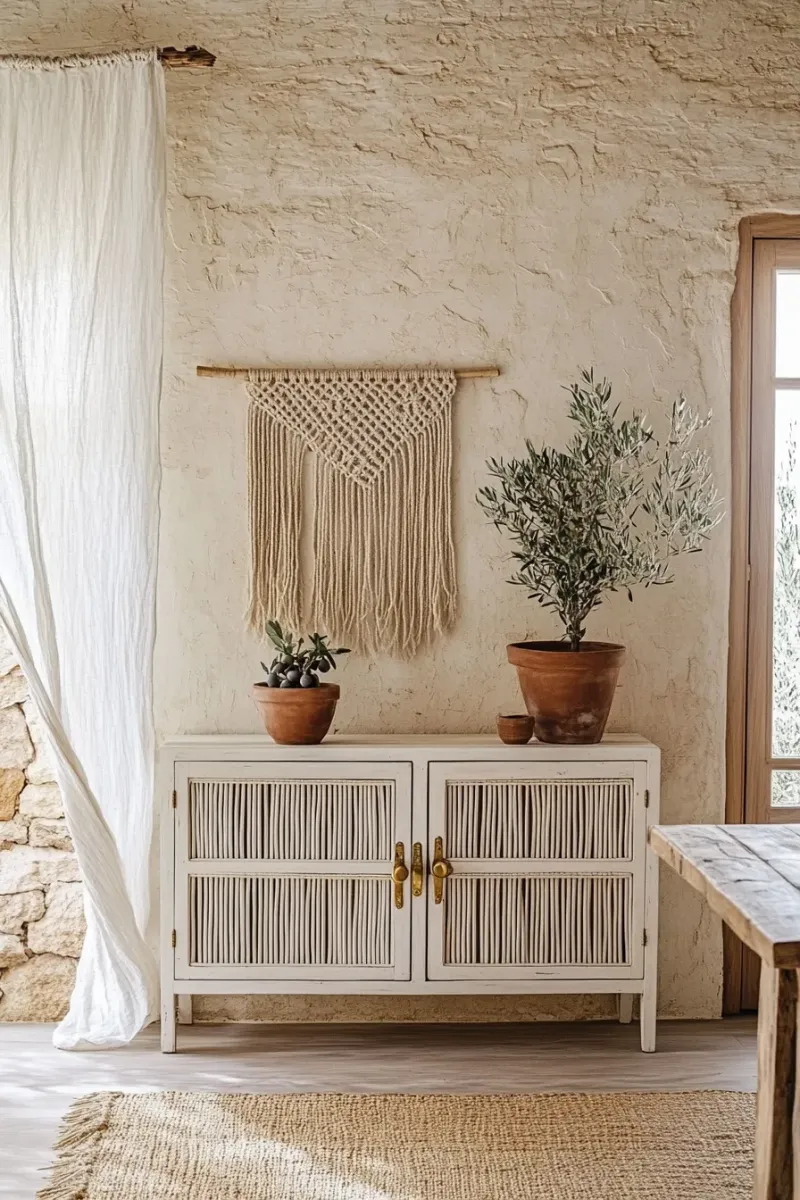
Mediterranean landscapes enter through potted olive trees—their silvery leaves and gnarled trunks offering living sculpture to Spanish-inspired rooms. Unlike trendy fiddle leafs, olives connect directly to Spanish history.
Position in terracotta pots near sunlight. For smaller spaces, rosemary topiaries offer similar Mediterranean energy with more manageable proportions. The dusty green foliage creates perfect contrast against warm-toned walls while their scent adds another sensory layer.
11. Carved Wooden Doors With Stories To Tell
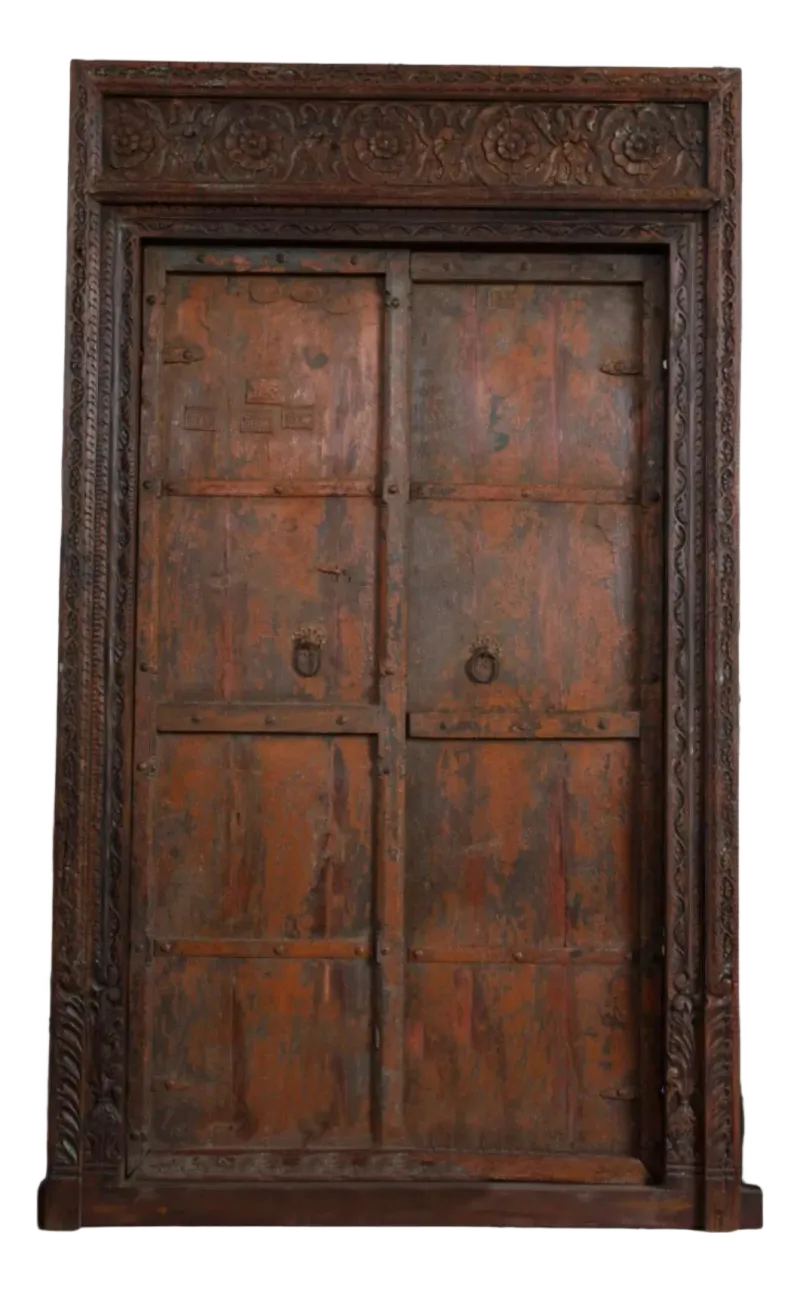
Even when closed, Spanish Revival doors should feel like invitations to something extraordinary. Vintage carved panels salvaged from old estates bring instant history—whether as functional doors or repurposed as headboards and wall art.
Look for deep relief patterns, studded details, or arched tops. If authentic pieces exceed budgets, carved wood screens create similar drama when hung as wall decor. The wood should appear weathered, with darker stains that highlight carving details.
12. Statement Fireplaces As Room Anchors
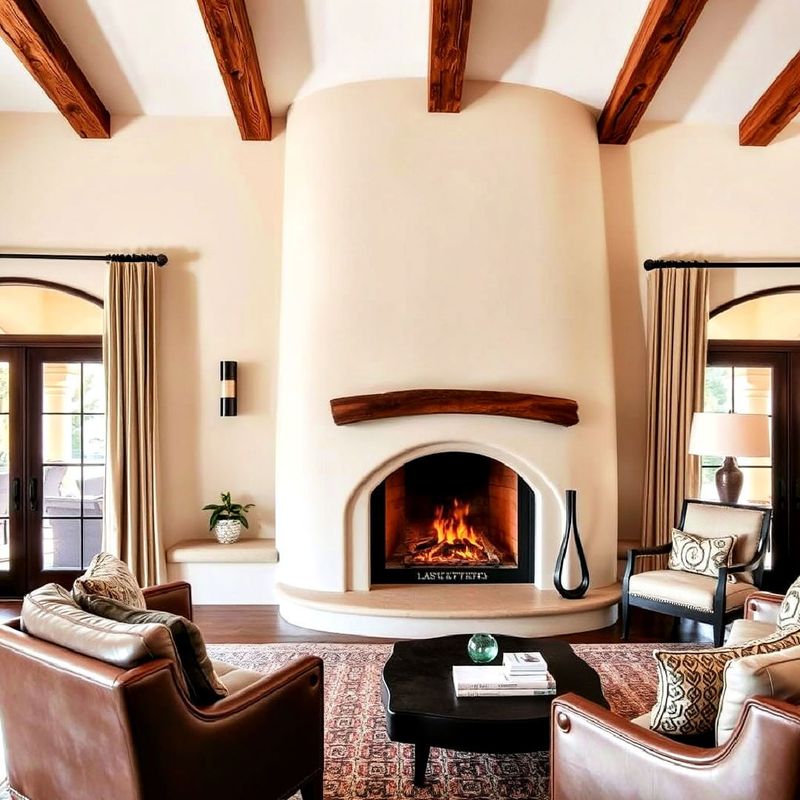
Spanish Revival fireplaces command attention through sculptural shapes rather than ornate detailing. Plastered forms with curved openings and simplified lines create architectural focus even when unlit.
Surround with handpainted tiles or keep minimalist with smooth white plaster. Modern homes can achieve similar drama through freestanding fireplaces with rounded profiles. Position rustic wooden or wrought iron accessories nearby to enhance the focal point without cluttering.
13. Painted Ceramics That Pop Against Neutrals
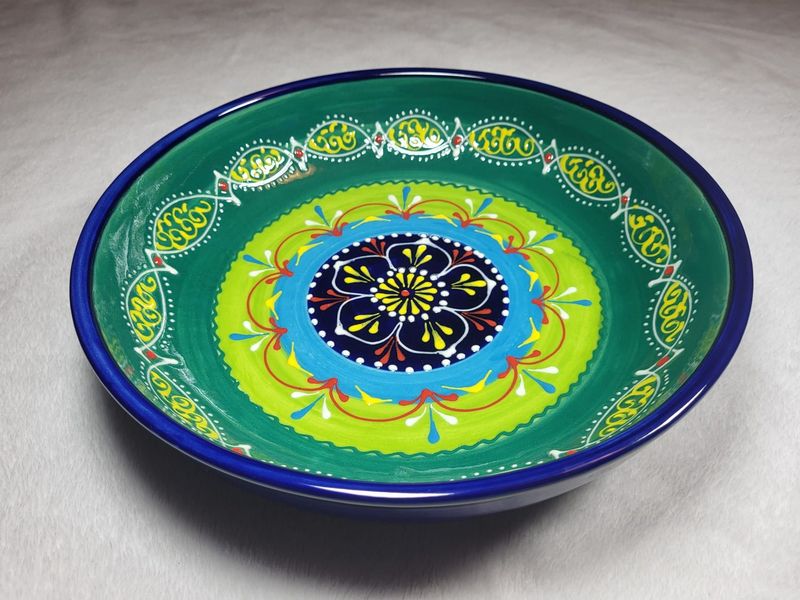
Hand-painted pottery in cobalt, sunflower yellow, and emerald green brings concentrated color moments to Spanish Revival’s neutral backdrop. Group mismatched pieces on open shelving where their patterns can dialogue with room textures.
Modern ceramics with traditional motifs feel fresher than antiques alone. Mix in unglazed terracotta for textural contrast. The collection should feel curated rather than matched—as if gathered piece by piece during imaginary travels through Spanish villages.
14. Low-Slung Leather Seating With Historical Flair
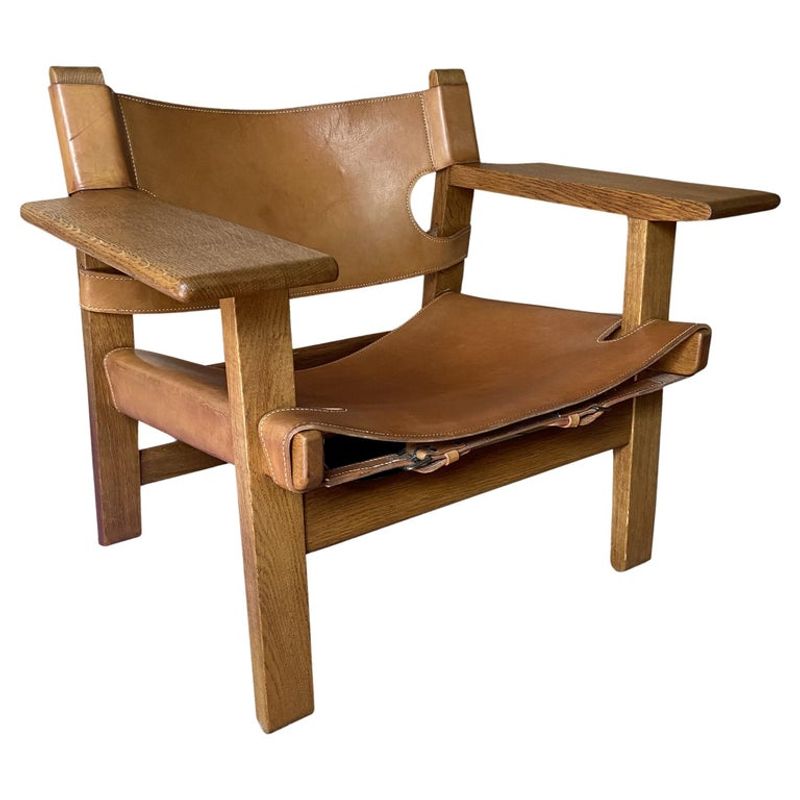
Campaign-style leather chairs and benches with wooden frames reference Spain’s colonial past while providing low-profile seating that doesn’t compete with architectural features. Look for stretched leather with visible stitching and wooden dowels.
Cognac and tobacco browns develop beautiful patinas over time. Position these pieces away from walls to showcase their sculptural backs and sides. The simplicity of leather seating creates breathing room in spaces filled with pattern and texture.
15. Layered Rugs Speaking Different Languages

Spanish Revival interiors embrace cultural crossroads through layered floor coverings—faded Persian rugs atop natural fibers, Moroccan tribal patterns over terracotta tiles. The intentional clash creates rich narrative tension.
Anchor seating areas with larger neutral rugs, then add smaller, more vibrant pieces askew on top. The layers should feel collected rather than calculated. Allow floor tiles to show around edges, creating frames for your textile story.

